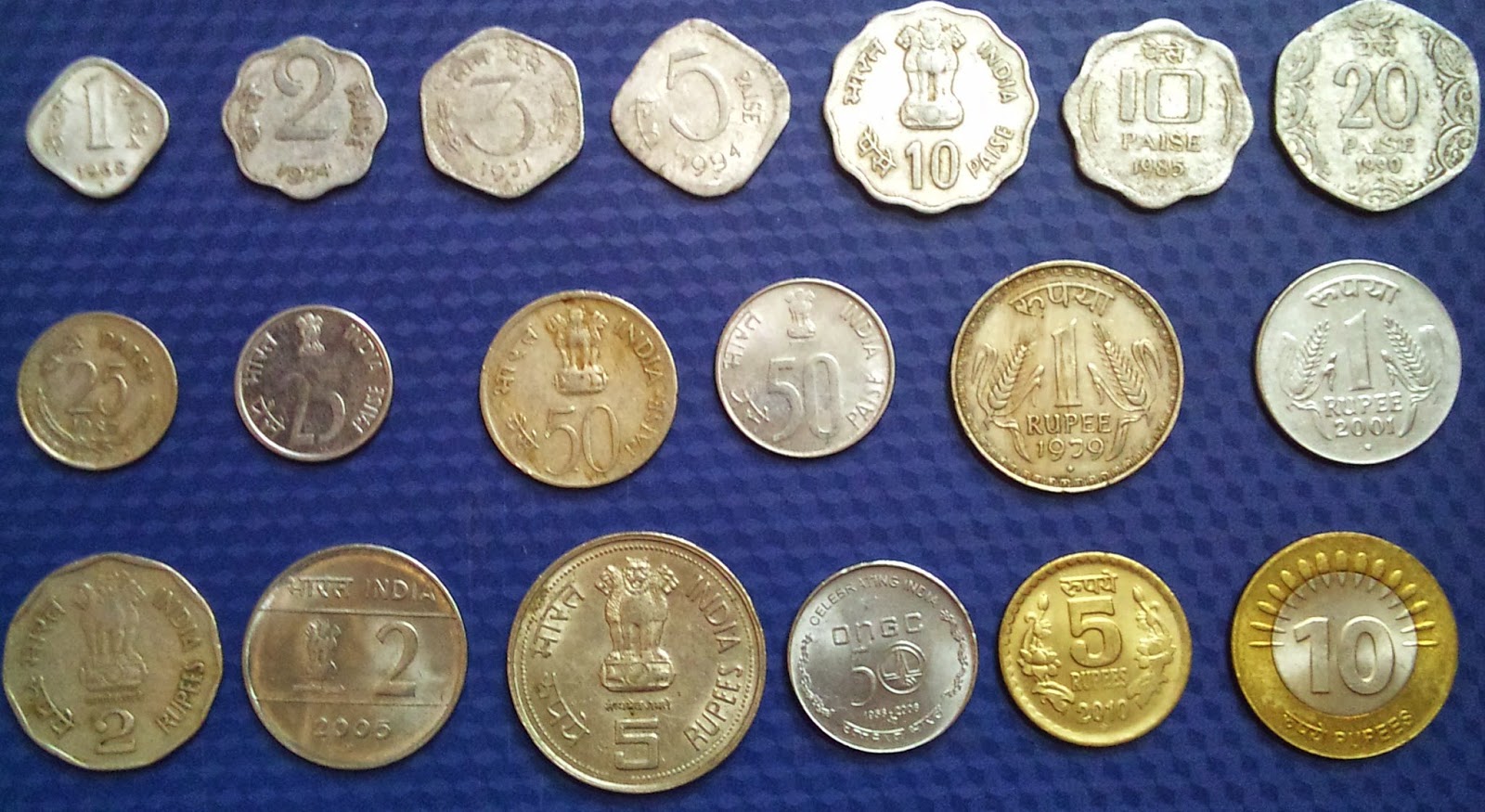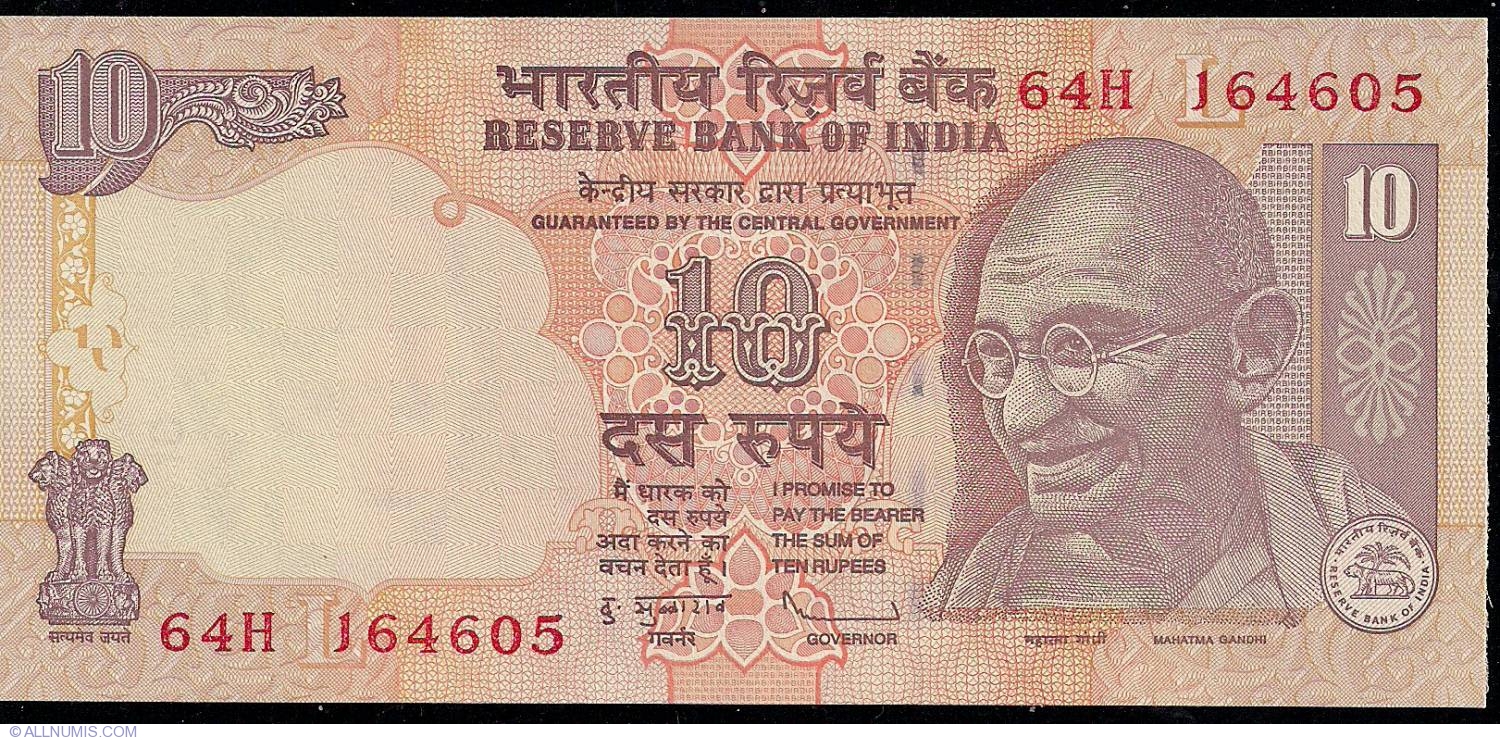


In 2016, the Rs 500 and Rs 1,000 ceased to be legal tender in India. India adopted a decimalization system in 1957. The Indian Rupee was adopted as the country's sole currency, and the use of other domestic coinage was removed from circulation.

That same year, the Victoria Portrait series of notes was issued in honor of Queen Victoria, and remained in use for approximately 50 years.Īfter gaining its independence in 1947 and becoming a republic in 1950, India's modern Rupee (INR) was changed back to the design of the signature coin. In 1866, financial establishments collapsed and control of paper money was shifted to the British government, with the presidency banks being dismantled a year later. Although India was a colony of Britain, it never adopted the Pound Sterling. In 1825, British India adopted a silver standard system based on the Rupee and was used until the late 20th century. The states of pre-colonial India minted their coins with a similar design to the silver Rupee with variations depending on their region of origin. During the Mughal period, a unified monetary system was established and the silver Rupayya or Rupee was introduced. By the 12th century a new currency referred to as Tanka was introduced. India's coinage designs frequently changed over the next few centuries as various empires rose and fell. India was one of the first issuers of coins, circa 6th Century BC, with the first documented coins being called 'punch-marked' coins because of the way they were manufactured. As such, intervention is used only to maintain low volatility in exchange rates. The INR is a managed float, allowing the market to determine the exchange rate. Please contact us if you are unsure of the validity of your INR banknotes.The central bank in India is called the Reserve Bank of India. Online purchases can be made in valid ₹2,000 banknotes only. We have however recommenced trading with all valid ₹50, ₹100 and ₹2,000 banknotes, and the newly issued ₹500 banknote in store. Important note: Due to the Reserve Bank of India's demonetisation of the ₹500 and ₹1,000 banknotes in November 2016, Travel Money Oz is no longer able to accept these banknotes. Want to see how far your INR will go? Check out our India Travel Money Guide for expert tips and destination costs.In 2014, Zimbabwe added the Indian rupee as legal tender due to strong trade ties between the two countries.As of 2011, only 50 paise coins are legal tender in India (there used to be a 25 paise coin in circulation).INR is named after the silver coin, the rupiya, first issued by Sultan Sher Shah Suri in the 16th Century.Each INR banknote has its amount written on it in 17 languages.Unless you’re an Indian citizen or permanent resident, you’ll need to exchange the rest of your money into rupees on arrival. It’s important to note that visitors to India can only bring up to ₹25,000 into the country.


 0 kommentar(er)
0 kommentar(er)
